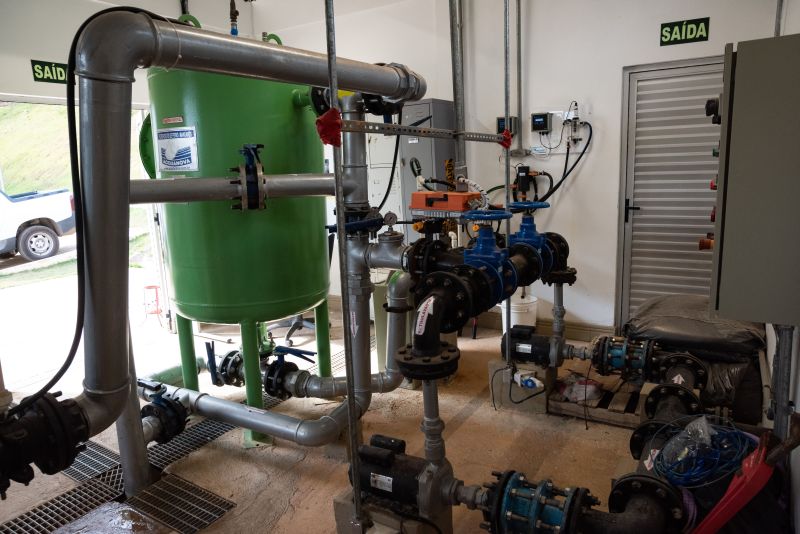In an era marked by climate change, deforestation, and pollution, the intersection of international law and environmental disasters becomes increasingly critical. The planet is facing unprecedented challenges that cross geographical and political boundaries, often resulting in dire consequences for ecosystems and human populations alike.
Governments find themselves at a crossroads, where local policies meet global imperatives, creating a complex landscape of legal frameworks aimed at managing environmental crises. International treaties and agreements play a pivotal role in this intricate tapestry, guiding nations toward cooperative solutions and sustainable practices.
Yet, the effectiveness of these legal instruments often hinges on the willingness of states to adhere to commitments, raising questions about accountability and enforcement in times of crisis. As we delve deeper into this pressing issue, it becomes clear that the law is not merely a set of rules but a vital mechanism for shaping our response to environmental calamities, urging us to consider how we can forge a more resilient future in the face of impending disasters.
Frameworks and Treaties Addressing Environmental Disasters

International law plays a pivotal role in addressing environmental disasters through a myriad of frameworks and treaties designed to mitigate risks and respond to crises. The 1992 Rio Declaration established fundamental principles, emphasizing the need for sustainable development and the precautionary principle.
In tandem, the Paris Agreement captures global commitment toward combating climate change, binding nations to reduce greenhouse gas emissions and enhance resilience. Yet, these treaties represent merely the tip of the iceberg.
Protocols like the Kyoto Protocol, conventions on biodiversity, and various regional agreements tackle specific issues with varying degrees of enforcement and compliance. Notably, the Sendai Framework for Disaster Risk Reduction underscores the imperative of proactive strategies to minimize disaster impacts.
These international instruments illustrate the intricate tapestry of cooperation required to navigate the complexities of environmental calamities, pushing nations toward collective action in an era where environmental challenges loom larger than ever. Each framework, while distinctive in purpose, contributes to a holistic approach, ultimately aiming to protect our planet for future generations.
The Role of International Organizations

International organizations play a pivotal role in addressing environmental disasters by providing frameworks for cooperation, disseminating crucial knowledge, and facilitating the mobilization of resources. These entities, such as the United Nations and the World Health Organization, often coordinate international responses to crises, promoting a unified front in the face of climate change, pollution, and biodiversity loss.
They establish legal guidelines that nations must follow, ensuring accountability and fostering collaborative solutions. Moreover, they act as platforms for dialogue, where member states can share best practices and innovative approaches to environmental management.
However, the efficacy of these organizations often hinges on political will, resource allocation, and the ability to enforce compliance among nations, challenging as it may be in a world rife with competing interests and priorities. Ultimately, their influence underscores the necessity of a concerted global effort in the face of escalating environmental challenges, emphasizing the interconnectedness of human health, ecological stability, and international law.
Principles of International Environmental Law

Principles of International Environmental Law serve as the foundational pillars that guide global cooperation and legal frameworks aimed at addressing environmental challenges. Key concepts such as the precautionary principle emphasize proactive measures to prevent harm, even when scientific consensus is lacking.
Similarly, the polluter pays principle obliges those responsible for environmental degradation to bear the costs of managing it, thus promoting accountability. Additionally, the principle of sustainable development interweaves economic growth with ecological integrity, urging nations to balance the needs of the present without compromising future generations’ ability to thrive. Recognition of transboundary harm underscores that environmental issues often surpass national boundaries, necessitating collaborative international efforts to mitigate risks.
Collectively, these principles not only inform treaties and agreements but also shape the discourse on environmental justice, underscoring the urgent need for a cohesive, cooperative approach to combat the looming threats of environmental disasters.
Conclusion
In summary, the intersection of international law and environmental disasters reveals both opportunities and challenges in addressing the complexities of ecological degradation on a global scale. The principles enshrined in various international agreements provide a framework for accountability and sustainable management of natural resources, setting critical precedents for future actions.
A striking example of these principles in action is seen in the Rio Doce reparação, where efforts to restore the environment and compensate affected communities underline the necessity of enforcing legal standards in the aftermath of disasters. As nations continue to grapple with the effects of climate change and environmental crises, the role of international law will be pivotal in fostering cooperation, ensuring justice, and promoting holistic solutions aimed at preserving our planet for future generations.
Only through collective commitment to these legal frameworks can we hope to mitigate the impacts of environmental disasters and safeguard the fundamental rights of individuals and ecosystems worldwide.


